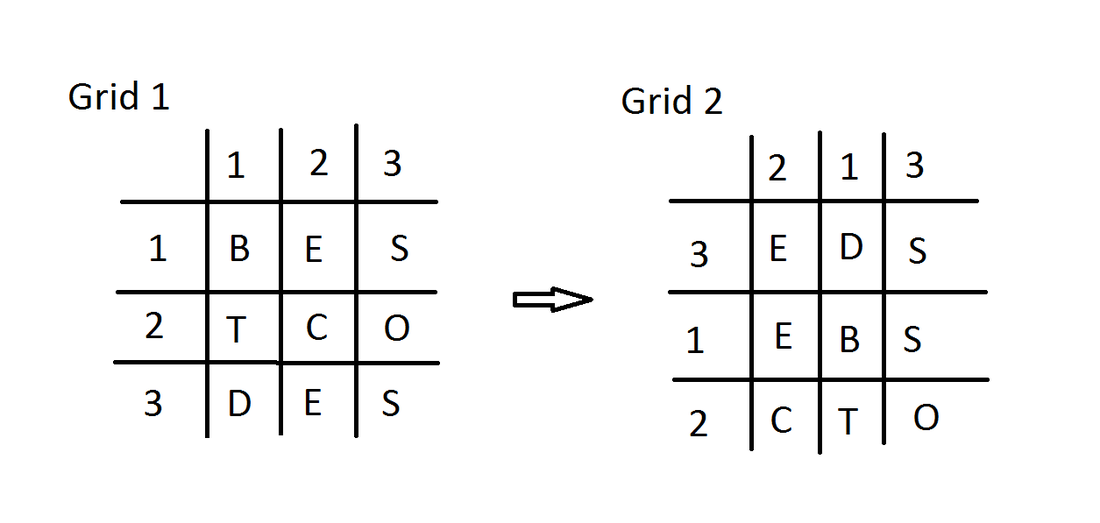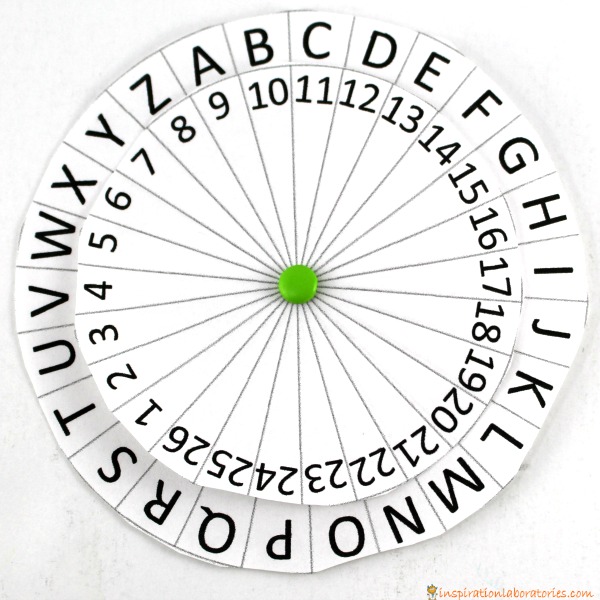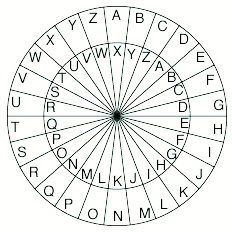

Humans can do it, rather slowly, once they have about 10 words, sometimes less. Anyone trying to attack the ciphertext could use a table of the frequency of letters in the English language to make some smart guesses about which ciphertext characters are which plaintext characters. The ciphertext has just as many ‘A’ characters as there are ‘e’ characters in the plaintext.

The mono-alphabetic cipher is subject to frequency attacks or guessing. But that does not mean the algorithm resists all attempts to subvert it. This is written as 26!, read “twenty-six factorial.” 26! is about equal to 2 88, which is large enough to resist brute-force attacks that try all the possible keys that is, it satisfies the sufficient key space principle. The previous plaintext, “speak, friend, and enter,” becomes HLAXCWJEANGXNGANGAJ, ignoring commas and spaces. Decryption uses the same key, but you look up the ciphertext character on the bottom row and substitute the top-row character. The key is the whole table, and each letter is substituted by the key character. For this cipher, there is no equivalent addition for encrypting the plaintext. This is called a mono-alphabetic substitution cipher. Key character: X F Q G A W Z S E D C V B N M L K J H G T Y U I O P Plaintext character: a b c d e f g h i j k l m n o p q r s t u v w x y z If A is randomly assigned to one of the 26 letters, B one of the remaining 25, C to one of the remaining 24, and so on, we create a table for the key that looks like this: The best case for a mono-alphabetic cipher does not have a small key space, however. In this simple shift cipher, the key space is small.

However, if the defender does not want to have to change the cipher relatively soon, we suggest a rather larger key space, and so does NIST (National Institute of Standards and Technology). On modern computer systems, about 2 80 keys can be tried in a “short” amount of time, so any algorithm employed by the defender to resist attack should have a key space at least this large. However, if the adversary can try all of the keys in a day or a week, then the key space is generally too small for general commercial use. “Short” is in quotes because the exact length of time depends on the use of the key in the cryptosystem and the risk model that the defender has for how long the communication needs to be secret.

This is known as the sufficient key space principle. If the key space is small enough that an adversary can try all possible keys in a “short” amount of time, then it doesn’t matter what the algorithm is, it is essentially useless. The number of possible keys is called the key space. To decrypt the message, one could quickly try all 26 keys. There are obviously lots of problems with this. Decryption is simple-the inverse of addition is just subtraction, so the key is subtracted from the ciphertext to get the plaintext back. This is repeated for each character in the plaintext. For each letter in the plaintext, it is converted to its number, then the value for the key is added, and the resulting number is converted back to a letter: S is 18 and E is 4. The spaces in the plaintext are ignored, for now. This example also uses the comma character as the final character of the alphabet, 26. The set of letters used can be more complex. Each letter of the alphabet is assigned a number-that is, A is 0, B is 1, and so on, through Z at 25. This cipher’s method of combining the plaintext and the key is actually addition. Spaces in the ciphertext are just added for readability they would be removed in a real application of the cipher to make attacking the ciphertext more difficult. Since case does not matter for the cipher, we can use the convention that plaintext is represented in lowercase letters, and ciphertext in uppercase. Technically speaking, the Caesar cipher may be differentiated from other, more complex substitution ciphers by terming it either a shift cipher or a mono-alphabetic cipher both are correct. To modern readers, the Caesar cipher is perhaps better known through the Captain Midnight Code-O-Graph and secret decoder rings that even came inside Kix cereal boxes. Perhaps the simplest substitution cipher is the Caesar cipher, named after the man who used it. Substitution ciphers encrypt the plaintext by swapping each letter or symbol in the plaintext by a different symbol as directed by the key. Spring, in Introduction to Information Security, 2014 Substitution Ciphers


 0 kommentar(er)
0 kommentar(er)
